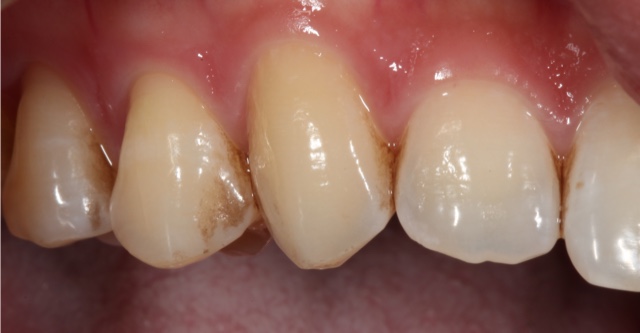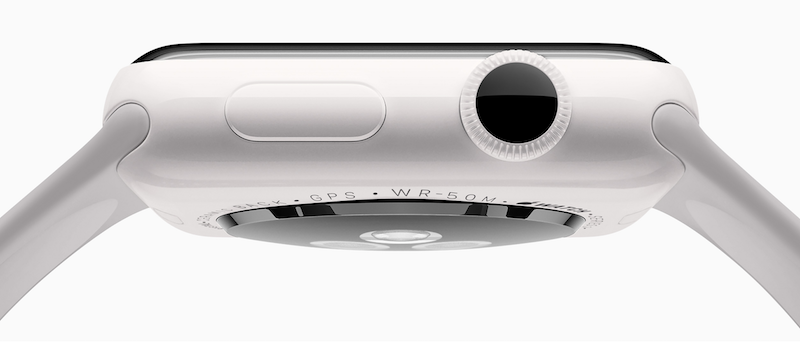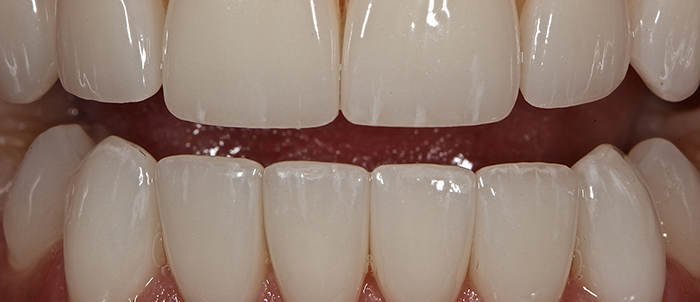This patient asked me why his teeth have these brown patches of stain. He was afraid that perhaps he has a disease which would cause his teeth to turn brown.
The most common cause for stain on teeth is due to food and drink. After a detailed discussion it was revealed that this patient sips on tea all day. Tea is his beverage of choice, and the tannins in tea stain teeth aggressively and quickly. Like tea, coffee and red wine can have the same effect.
Sometime the similarly looking stain can actually be caused by chromogenic bacteria in the mouth. If the stain is caused by these bacteria, the patient can have a professional cleaning done and the stain can reappear within hours after the cleaning was done. Bacteria in the mouth can interact with iron in saliva to create stain.
In any event, stains form faster if the surfaces of the teeth are more porous and covered with plaque. To prevent stain on your teeth, brush and floss after every meal to minimize plaque accumulation. Long lasting stain can be removed with professional cleaning and teeth whitening products, but the best treatment of teeth stain is to prevent them from forming in the first place.





